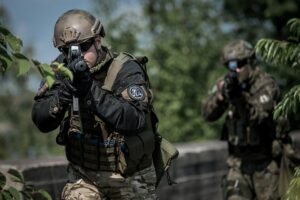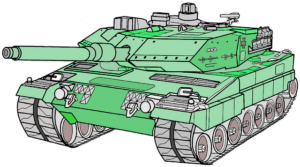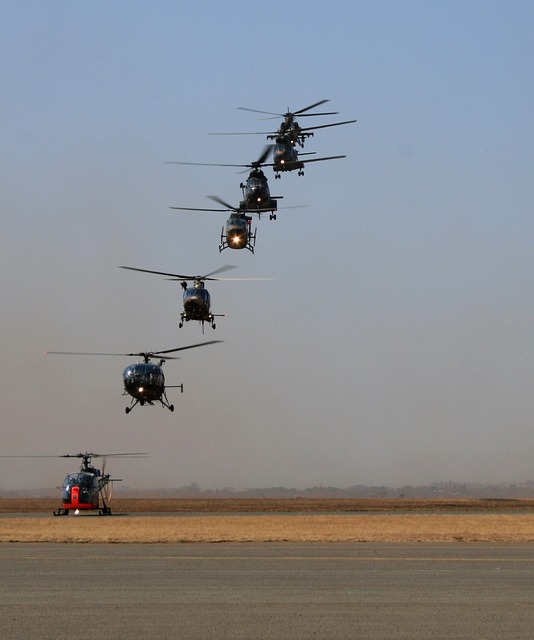
When darkness falls during military operations, tactical flashlights serve as indispensable tools for enhancing visibility and mission success. This article delves into the critical role of durable light sources in combat, examining key features that distinguish military-grade flashlights from their civilian counterparts. From lumen output and beam distance to battery longevity and robust construction capable of withstanding extreme environments, we explore the factors that make tactical flashlights an indispensable asset for armed forces worldwide. Join us as we illuminate the importance of these compact yet powerful beacons in ensuring operational efficiency and safety under the cover of night.
- Understanding the Role of Tactical Flashlights in Military Operations
- Key Features of Durable Lighting for Combat Environments
- The Importance of Lumens and Beam Distance in Military Applications
- Battery Life and Power Management for Sustainable Use in Field Conditions
- Material Considerations: Ensuring Tactical Flashlights withstand Rough Terrain
- Adaptability and Versatility: Selecting the Right Tactical Flashlight for Various Missions
- Case Studies: Real-World Applications of Tactical Flashlights in Military Operations
Understanding the Role of Tactical Flashlights in Military Operations
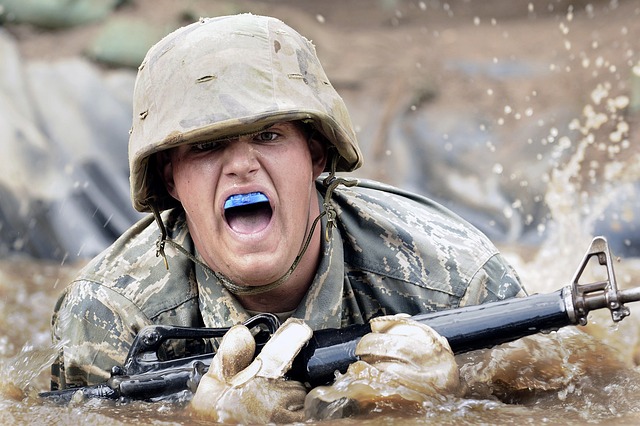
Key Features of Durable Lighting for Combat Environments

When soldiers are engaged in combat operations, reliable and durable lighting is paramount for maintaining situational awareness and operational effectiveness. Tactical flashlights for military use are designed with this critical need in mind. These advanced lighting tools feature high-intensity outputs that can illuminate even the darkest environments, allowing personnel to navigate through night terrains without compromising their stealth or visibility of potential threats. The robust construction of these tactical flashlights ensures they can withstand the rigors of military use, from accidental drops to exposure to harsh weather conditions. They are often made with aircraft-grade aluminum or high-impact polymer bodies, providing a sturdy grip even when hands are wet or hands are gloved.
Furthermore, these tactical flashlights incorporate features such as focused beam options for long-range identification and wide flood beams for close-quarters operations. They also offer varying light modes—high, medium, low, and strobe—to suit different operational requirements. The inclusion of a momentary-on switch allows users to quickly activate the light without switching it entirely on, which is crucial when peering into uncertain environments. Additionally, many tactical flashlights are equipped with LEDs that boast a long lifespan and consume less power than traditional bulbs, ensuring that troops can rely on them for extended periods during prolonged missions. Advanced models may also feature waterproofing up to a certain depth, impact resistance, and temperature tolerance, making them indispensable tools for military operations under any condition.
The Importance of Lumens and Beam Distance in Military Applications
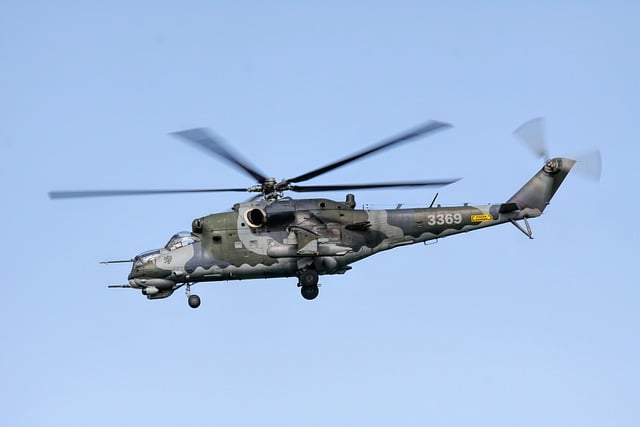
In military operations, visibility can be a critical factor in mission success and personnel safety. Tactical flashlights for military use are engineered to meet stringent requirements for luminosity and beam distance. The lumens output of these flashlights is a key metric that determines how much light is produced. A higher lumen rating equates to a brighter light, which can momentarily daze or disorient an adversary during nighttime operations or in dark environments. This intense brightness is not just for offensive purposes but also for enhancing situational awareness, allowing military personnel to identify threats, navigate through unfamiliar terrain, and perform tasks that require precise visual acuity.
Moreover, the beam distance of a tactical flashlight is equally crucial. It refers to how far the light’s intense focus can effectively reach under various conditions. In military applications, this means being able to see potential hazards or targets at longer ranges, which can be vital in reconnaissance, surveillance, and target acquisition scenarios. The beam should be narrow enough to illuminate distant objects clearly while also offering a wider floodlight option for nearer tasks. Tactical flashlights often come with adjustable settings that allow users to switch between different beam modes, providing versatility in lighting conditions. These features combine to ensure that military personnel have the necessary visual tools to adapt to dynamic environments and maintain operational readiness.
Battery Life and Power Management for Sustainable Use in Field Conditions
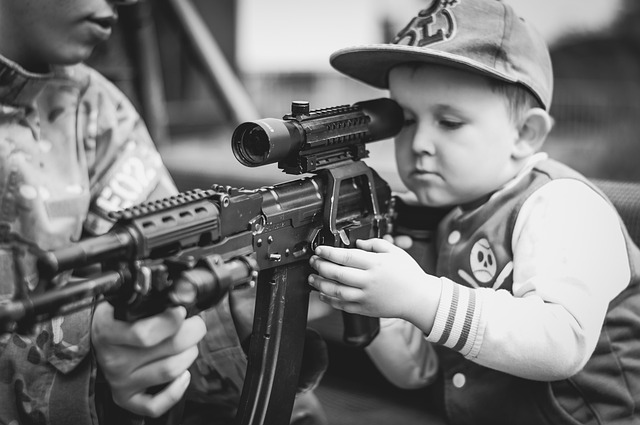
In the realm of military operations, reliability and efficiency in equipment are paramount for mission success and soldier safety. Tactical flashlights designed for military use must prioritize battery life to maintain operational readiness under field conditions. Advanced power management systems within these devices ensure longevity by optimizing energy consumption. These systems often include features such as variable brightness settings, which allow operators to adjust intensity based on the task at hand, thereby extending the flashlight’s usable time. Additionally, the inclusion of high-capacity batteries and energy-efficient LED technology has significantly improved the runtimes of these tactical lights. This is crucial for scenarios where maintaining visibility during extended operations, such as reconnaissance or night patrols, is critical. The ability to rely on a durable light source throughout these activities can be a deciding factor in the success of a mission.
Furthermore, the durability and adaptability of tactical flashlights for military use are enhanced by their power management capabilities. These devices are engineered to withstand the rigors of combat environments, which often include exposure to dust, water, and shock. The power management systems not only regulate energy consumption but also protect the internal components from environmental factors that could otherwise compromise the device’s functionality. This robust design ensures that the tactical flashlight remains a dependable tool for military personnel, capable of providing clear illumination whenever needed, without the burden of frequent battery replacements or charging. The strategic deployment of these lights is a testament to the ingenuity of modern technology and its application in sustaining combat efficiency.
Material Considerations: Ensuring Tactical Flashlights withstand Rough Terrain
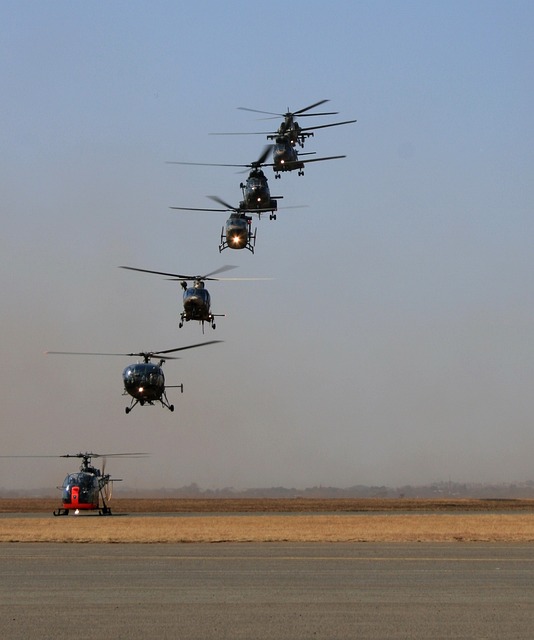
When selecting tactical flashlights for military use, material considerations are paramount to ensure durability and functionality under the harshest conditions. The construction of these flashlights must withstand the rigors of combat operations across varied terrains. High-impact resistant materials like aircraft-grade aluminum or reinforced polymer composites are favored due to their strength-to-weight ratios, offering a balance between longevity and portability. These materials protect against drops, falls, and the inevitable bumps encountered in operational environments. Additionally, the lens material is critical; durable, scratch-resistant glass or high-grade polycarbonate lenses provide clarity without compromise, ensuring that the beam remains focused even when traversing through dense foliage or rocky terrain. Waterproof seals are another essential aspect, preventing moisture ingress and safeguarding internal components like the battery and electrical connections from corrosion, ensuring the flashlight continues to operate reliably in wet conditions. The tactical flashlights designed for military use undergo stringent testing protocols to validate their performance against environmental stressors, guaranteeing that they can endure the demands of combat operations without failure. This commitment to material robustness and design excellence ensures that soldiers have a reliable light source when they need it most, contributing significantly to mission success and operational safety.
Adaptability and Versatility: Selecting the Right Tactical Flashlight for Various Missions
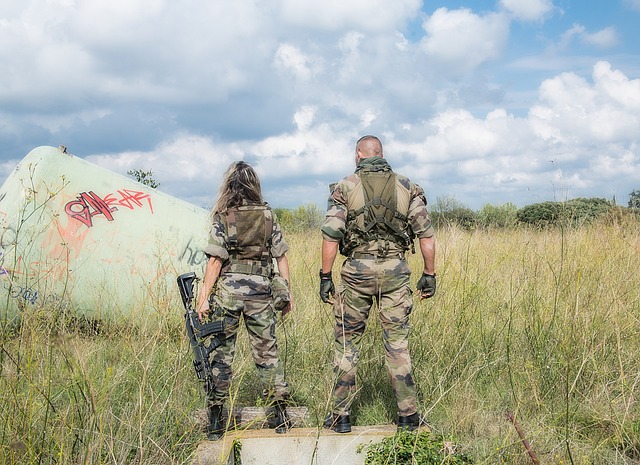
When it comes to military operations, the right equipment can be the difference between success and failure. Among the critical tools for combat are tactical flashlights for military use, which offer adaptability and versatility in a variety of environments and missions. These lights are not mere illumination devices; they serve as multifunctional assets for troops who must operate under diverse conditions. The selection of a tactical flashlight is paramount, as the effectiveness of night operations often hinges on the quality of light provided. Military personnel may find themselves in urban settings where discretion is key or in rural areas where high-intensity lighting can signal for help or illuminate potential threats. A durable and reliable tactical flashlight provides a narrow beam for long-range signaling, while a wider beam can be essential for close-quarters combat or navigating through unfamiliar terrain at night.
Factors such as the light output, battery life, durability, and functionality of a tactical flashlight must be carefully considered to ensure it meets the specific needs of various missions. For instance, a military operation in a dense forest will require a flashlight with a high-intensity beam that can penetrate the foliage, whereas an urban hostage rescue mission might demand a compact model that emits minimal light to avoid detection. Tactical flashlights for military use are designed with these scenarios in mind, offering features like adjustable focus, impact resistance, and waterproof capabilities. The ability to quickly switch between settings or modes can be crucial when adapting to the demands of an unpredictable environment. In essence, the right tactical flashlight is a force multiplier, enhancing situational awareness and operational effectiveness across all branches of the military.
Case Studies: Real-World Applications of Tactical Flashlights in Military Operations
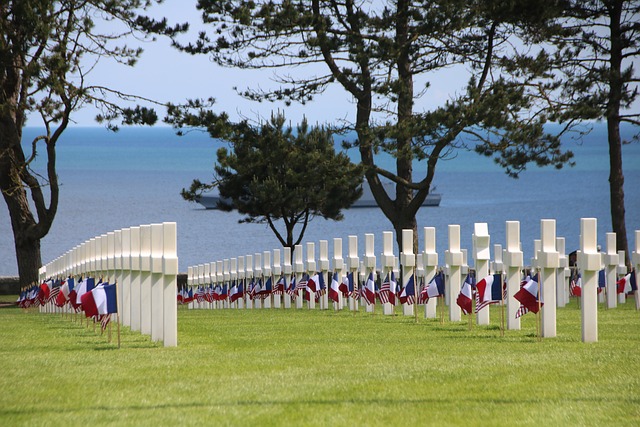
Tactical flashlights have become indispensable tools for military operations, providing illumination that is crucial for situational awareness in a variety of environments. A case study from recent conflicts illustrates how tactical flashlights enabled special forces to conduct night raids with enhanced visibility, aiding in the swift and precise execution of their mission. The compact nature of these devices allows soldiers to carry them effortlessly, ensuring they have a reliable light source at all times. During operations in complex terrain, the focused beam of a tactical flashlight has been instrumental in reading maps and identifying targets, minimizing the risk of exposure and enhancing overall mission success.
In another instance, during counter-insurgency activities, tactical flashlights played a pivotal role in cave clearing operations. The high-intensity light penetrated the darkest recesses, enabling troops to detect enemy combatants hiding among the shadows. Moreover, these flashlights are designed with durability and reliability in mind, operating effectively under harsh conditions, including extreme temperatures, dust, and moisture. Their role extends beyond direct illumination; the strobe function of some models has been used to disorient adversaries, providing an additional tactical advantage during confrontations. The adaptability and functionality of tactical flashlights in military use are a testament to their importance as a multi-purpose tool for combat operations.
